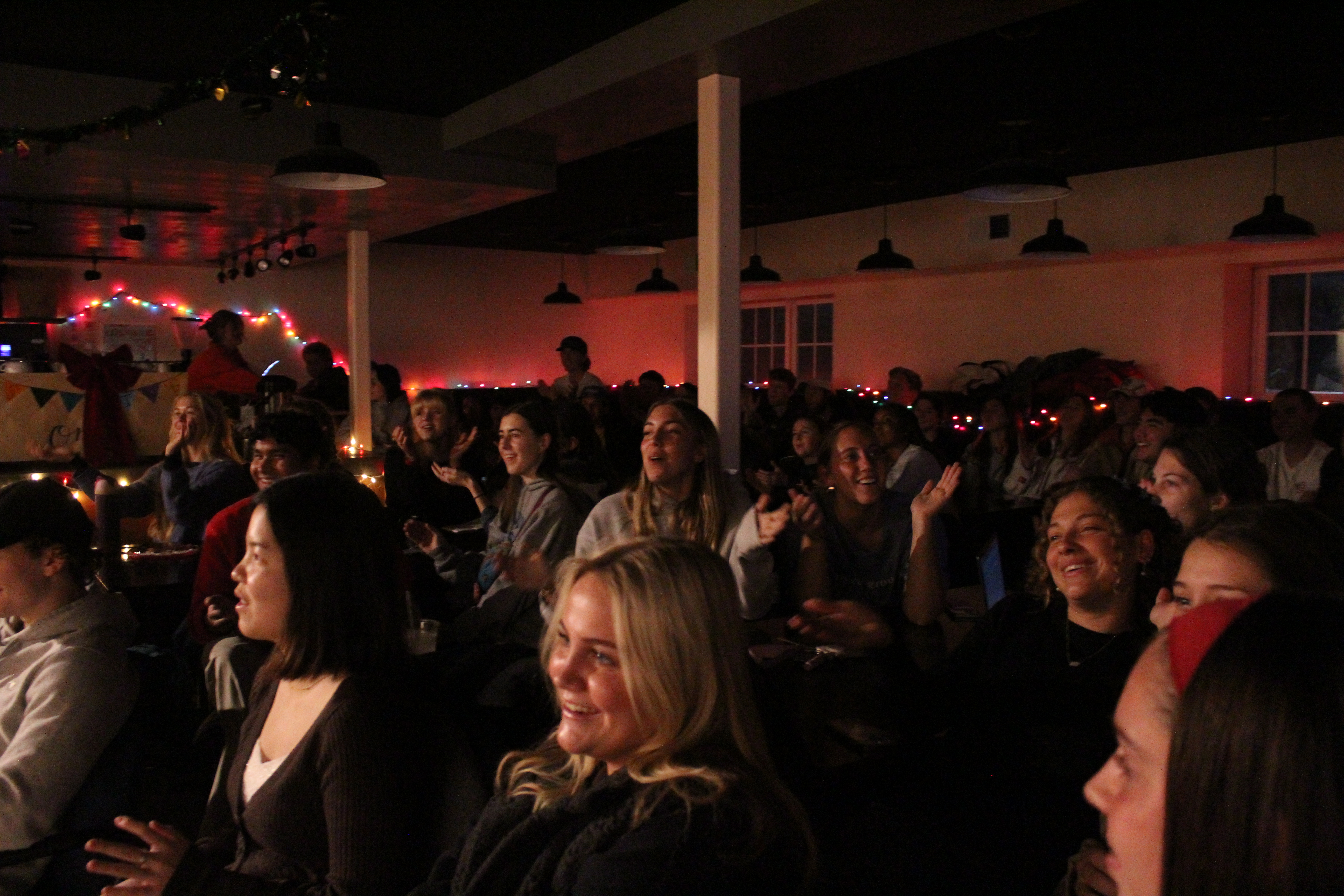![]()
The material that started out with the simple purpose of clothing nakedness has been brought up to assume an authority of voicing identity. Clothing itself is a necessity of life in most cultures. Fashion is a decorative implication that was born out of clothing and has become an industry of psychological art. Though it is only a single thread that is fed into the fabric of how culture is shaped, it has proved to be an important subconscious one.
I was never one to follow clothing trends in high school, and by no means did I take clothes seriously, though my average apparel of tee-shirts and jeans were snubbed when I happened to “dress up” occasionally. A fashionista? Nope. But, being a fashion-less teenager from small town Texas did not exempt me from noticing behavioral differences based on my apparel. The fashion world is more than aesthetics; there is an authority in culture implicated by style in fashion.
Before applying to JBU, I’d been accepted to Pratt Institute of the Arts in Manhattan, New York, where I had decided that I would study fashion, a visual construct of individual taste and attitude. Being a passionate young believer, the idea of tackling an industry that has proved to impact cultural trends sounded like an unconventional mission field. Tired of skimpy fashion in the lime-light, and seeing the way people were treated for the clothes they wore, I would use the gift of art that I was given to positively influence culture. I could not understand why people quite literally, “followed suit.” Since change is dictated by those who create it, I thought, “Why not?”
I am now a senior cinematography major here at JBU who did not end up going to Pratt to study fashion for various reasons. Regardless, the aspiration of designing for fashion did leave many questions behind for me. Fashion is still heavy on my mind and on yours too, whether you think so or not. The impact that clothes make on a societal and individual level are astounding. While sharing thoughts on the psychological aspect of fashion with a handful of JBU peers, a common response began to reemerge: fashion influences behavior in culture.
Fashion exudes opportunity to define personal identity as well as behavioral subcategories that include: inclusion, exclusion, attitude and productivity. Senior Kalin Salman asserts that, “… (initial) perception of you is based off of what you look like.” It is completely natural to observe a strangers appearance. After all, fashion “has a lot to do with personality,” Kaylee Holloway affirms. Judgment is inevitable, but how do we respond to our assumptions?
Clothes prompt our emotions, thoughts, attitudes and attention with many ideas and ideals of self, the world and others. They have become a non-verbal device that we as a society utilize daily based on social and career environment.
In demonstration of inclusion/ exclusion both Holloway and Katie Watkins agree that we gravitate towards others who dress like us, assuming we will have more in common with them than others who are dressed differently. They also said that in order to exude authority in a classroom of students, they must dress professionally. We follow the code of appropriate styles in certain social settings and adhere to them by altering our apparel to fit the attitude. Senior Erica Forney claims that her daily productivity is partly based on the type of clothes she wears and how confident she feels in them.
We have set, in invisible stone, a culture whose behavior thrives on navigating through the maze of fashion. I share these thoughts in hopes of addressing your awareness of your behavior in fashion psychology. The art of fashion is just as much about design as this industry is about subconsciously shaping culture. Regardless, I still don’t take fashion too seriously. So, whether you “follow suit” or “rock them sweats,” remember that “Even Solomon in all of his glory was not clothed as the lilies of the field” (Matt. 6:29) In fact, I don’t believe vegetation has ever worn clothes.




